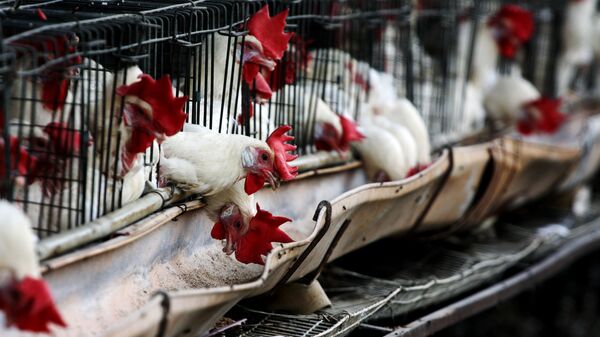In Saudi Arabia, the outbreak of avian influenza’s subtype of H5N8 started on 30 January and infected and killed more than 22,000 birds in the central areas of the country. Moreover, at least 385,300 birds were killed and disposed of, the OIE said, citing Dr. Sanad Alharbi, the director of the Environment Ministry’s department responsible for livestock risk assessment.
In Vietnam, the outbreak of avian influenza’s subtype of H5N6 started on 18 January and infected and killed more than 2,000 birds in the country’s north. Additionally, 300 birds were killed and disposed of, the OIE said, citing Dr. Dong Pham Van, the head of the Agriculture Ministry’s department of animal health.
Earlier in the month, the Chinese Agriculture Ministry reported on a new outbreak of the H5N1 bird flu in Hunan province, saying that 7850 birds had been infected and some 4500 species had died from the illness.
According to medics, the bird flu - first discovered among avian species in Southeast Asia - is a highly contagious type of influenza virus that can be easily transmitted among humans. Unlike the current epidemic of the Wuhan coronavirus, however, the so-called bird flu is curable as WHO developed a vaccine against this type of infection.


